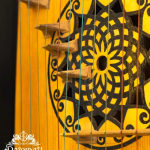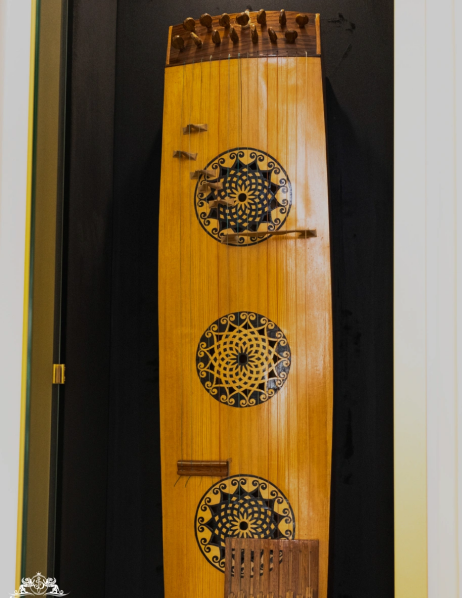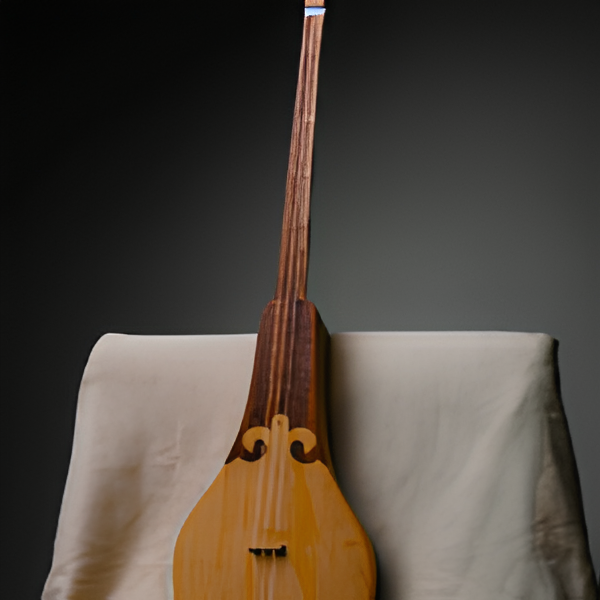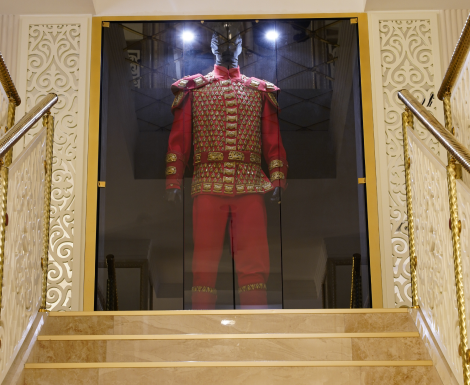A National Kazakh Instrument
DAIDIDAU.KZ
DAIDIDAU.KZ
DAIDIDAU.KZ
DAIDIDAU.KZ
DAIDIDAU.KZ
DAIDIDAU.KZ
DAIDIDAU.KZ
DAIDIDAU.KZ
DAIDIDAU.KZ
DAIDIDAU.KZ
DAIDIDAU.KZ
DAIDIDAU.KZ
DAIDIDAU.KZ
DAIDIDAU.KZ
DAIDIDAU.KZ
DAIDIDAU.KZ
DAIDIDAU.KZ
DAIDIDAU.KZ
DAIDIDAU.KZ
DAIDIDAU.KZ
DAIDIDAU.KZ
DAIDIDAU.KZ
DAIDIDAU.KZ
DAIDIDAU.KZ
DAIDIDAU.KZ
- ThePlus Audio




ZHETIGEN
One of the most famous Kazakh instruments, the Zhetigen, is considered revived, as its ancient origins seemed to vanish in the mid-19th century and reappeared in the 20th century. The instrument resembles a gusli in shape and looks like an elongated box. As the name suggests (zheti – seven, a'n – song), the Zhetigen has seven strings made from horsehair.
According to legend, there once lived an old man in a village who had seven sons. One year, a severe dzut (mass livestock death) struck the village, and people were starving. The old man’s family was not spared from the hunger. One by one, his beloved sons began to die. After the death of his eldest son, Kan, the grief-stricken father took a piece of dried wood, stretched the first string, and played the kuy "Qarağym" ("My Beloved"). Following the death of his second son, he stretched a second string and played "Qanat Synar" ("Broken Wing"). For his third son, Zhaikelde, he performed "Qumarım" ("My Dearest"), for his fourth son, Beken, "Ot Söner" ("Extinguished Flame"), for his fifth son, Hauas, "Baqyt Köshti" ("Lost Happiness"), and for his sixth son, Zhulasar, "Kün Tutyldy" ("Eclipsed Sun"). After losing his youngest son, Kiyas, the grieving father stretched the seventh and final string and performed the kuy "Zheti Balamnan Ayrylyp Qusa Boldym" ("Grief Over the Loss of My Seven Sons"). The kuys composed by the father developed further and reached us as a mesmerizing composition titled "Zhetіgennің Zhetetі" ("The Seven of the Zhetigen").
In the 1960s, the lost instrument was reconstructed by the craftsman Orazgazy Beysembayev and the ethnographer-researcher Bolat Sarsenbayev.
Fortunately, a detailed description of the instrument was preserved in one of the printed editions. When reconstructing the instrument, a group of craftsmen improved it so that it could not only be played solo but also be included in an orchestra. Today, the number of strings has been increased to reach as many as 23.







